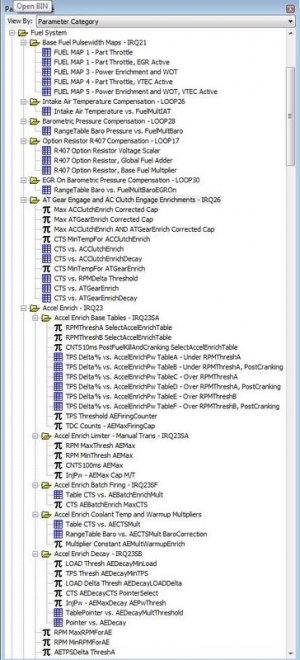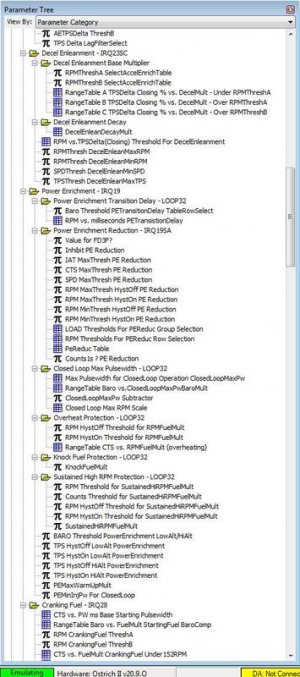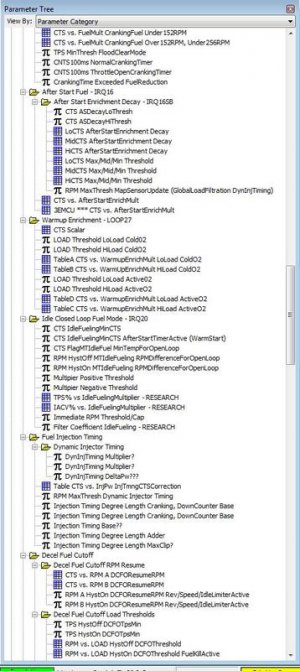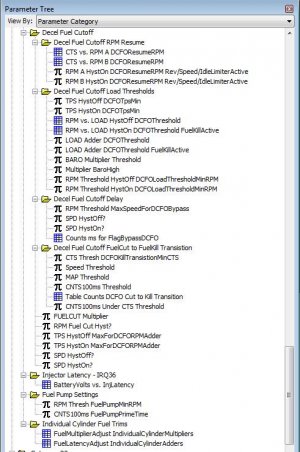Thanks for the updates Matt. I never know if this project is still on so it's nice to hear the progress. I must admit though, following this project is starting to become a novelty/curiosity for me instead of a necessity. Is there a way, in the interim, you can provide a solution to read he ECUs STFT/LTFT and timing? This way, until you complete the project, I can use something like an AEM F/IC for my boosted application.
Last edited:











